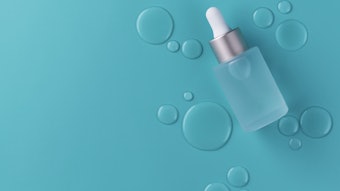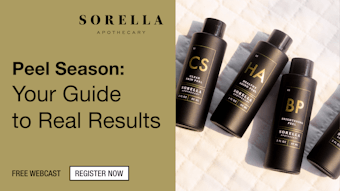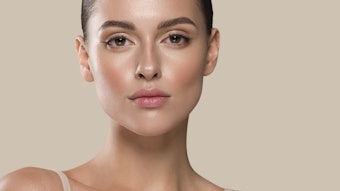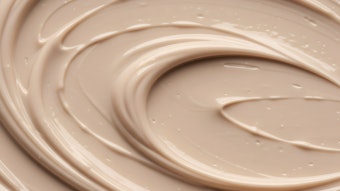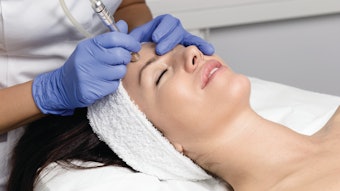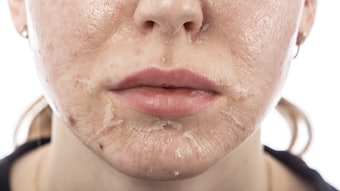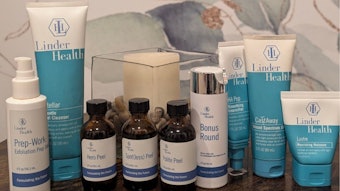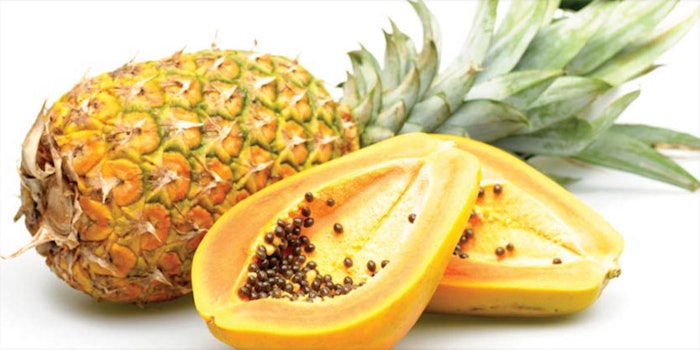
I am a skin scientist and beauty therapist, and my approach to skin care has always been evidence-based, yet natural. I believe that effective results can be achieved using a subtle approach. This includes monitoring an individual’s progress over time and should take the following factors into consideration: age, skin type and concerns, seasonal and hormonal changes, health, lifestyle and budget, and skin care application techniques. Correct skin type diagnosis is the first step toward achieving the results for client. I respect the powers of plant materials in skin care and their benefits to skin, recommending organic and natural skin care where appropriate.
Enzymatic exfoliation is a plant active based therapy. Enzymes have a proteolytic effect and induce superficial exfoliation on the cells of the stratum corneum. Enzymatic exfoliation has seen a slight decline lately, but it has a place, in particular for those skin types where mechanical and alpha hydroxy acid (AHA) exfoliation is too strong.
Exfoliation and Enzymes
While the skin naturally sheds superficial skin cells (corneocytes), this shedding process slows down with age, and an irregular build-up leads to patches of dull skin and an uneven complexion.
Most clients are familiar with mechanical exfoliation from scrubs like oatmeal, coffee, polyethylene or jojoba beads in addition to chemical exfoliation from AHAs like lactic, glycolic and azelaic acid. Few, however, are aware of enzymatic exfoliators, which are particularly beneficial for resilient oily and mature skin types. While mechanical exfoliators physically remove dead skin cells, chemical and enzymatic exfoliators work on the bonds, which hold the skin together.
Exfoliating enzymes remove the dry superficial, dull skin cells (corneocytes) by digesting the proteins of the stratum corneum into smaller fragments, preventing a build-up.
Enzymes can work more gently than AHA in breaking down the bonds, which hold shedding skin cells together and accelerate the skin’s natural exfoliation process. This is because they are activated by water and not pH and they are limited in the exfoliation they can achieve. They can prevent the increased keratinization around follicles, which block sebum flow and create blackheads in acne.
Benefits of Enzymatic Exfoliation
Regular exfoliation achieves a smooth and radiant complexion. Similarly, skin treated with enzymatic exfoliation is instantly brightened and smoothed.
There is a mild hydrating and antibacterial effect, making enzymatic exfoliation a good choice for the oily and mature skin. Exfoliation is also known to promote better absorption of skin care products.
Scientific studies confirm the application of a 15% enzyme serum and moisturizer twice daily for three months improved the appearance of skin over time compared to controls.1 The improvements included changes in skin smoothness and texture, the depth and number of lines and wrinkles, and epidermal and dermal firmness and thickness. The improvements were reported to be similar to results observed with higher concentrations of AHAs.
Types of Enzymatic Exfoliants
The most well-known of these exfoliators are naturally derived from pineapple and papaya. Pineapple contains bromelain, the strongest enzyme originally used in wound healing.
Papain is an enzyme found in unripe papayas. There is not much data supporting the efficacy of papain in skin care. However, there is a research into the effect of topically applied proteases in soap-induced dry (xerotic) skin. Papain has induced the degradation of the cell-binding desmosomes, which promote desquamation. This has significantly and rapidly reduced the visual scaling associated with dry skin. Pumpkin also contains the exfoliating enzyme protease.2
A significant benefit of fruit enzymes is the antioxidant vitamins they supply as they exfoliate. For example, pineapple contains vitamin C.
Sensitivity and Allergy
Exfoliation should not be used to treat sensitive skin, particularly those with broken capillaries (teleangiectasia) and oily skin with a weak barrier function. If there is any feeling of burning or irritation, the product has to be rinsed off immediately.
It is important to avoid the delicate eye zone and a shorter application is advisable at first. If tolerated, the typical 15-20 minute application can follow.
The issue of allergic reaction to papain was covered in the news recently. Austrian research published in the Journal of Investigative Dermatology3 found papain induces a specific allergic sensitization, i.e. breakdown of cell-cell junctions in the epidermis, a loss of barrier function, increased vascular permeability and influx of inflammation in animal models. Therefore, enzymatic exfoliation is contraindicated in people prone to skin conditions such as atopic dermatitis with increased permeability of the skin and increased risk of allergy.
Risk/Benefit Assessment
It is a part of the beauty therapist’s professional judgment to assess the risk/benefit of enzymatic exfoliation for each client, but compared to mechanical exfoliation, it can be more even and controlled.
Enzymatic exfoliation is beneficial for resilient skin types, where removing the shedding top layer of skin evenly leads to a lighter and more radiant skin with a smooth, more uniform texture and stimulates the skin renewal.
REFERENCES
- www.ncbi.nlm.nih.gov/pubmed/18489307
- KN El-Kadi et al, Broad specificity alkaline proteases efficiently reduce the visual scaling associated with soap-induced xerosis, Arch Dermatol Res, Nov 293(10) 500-7 (2001)
- www.nature.com/jid/journal/v135/n7/full/jid201558a.html
(All websites accessed Aug 12, 2015)

